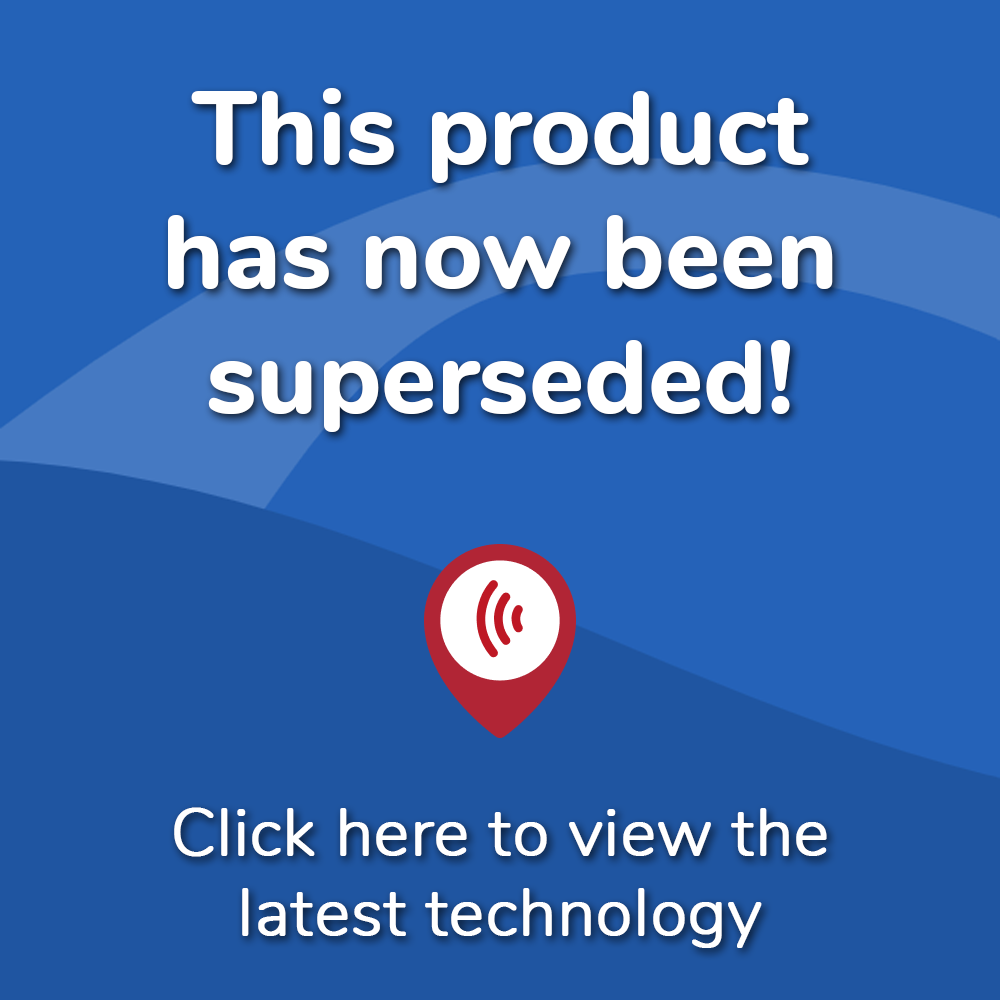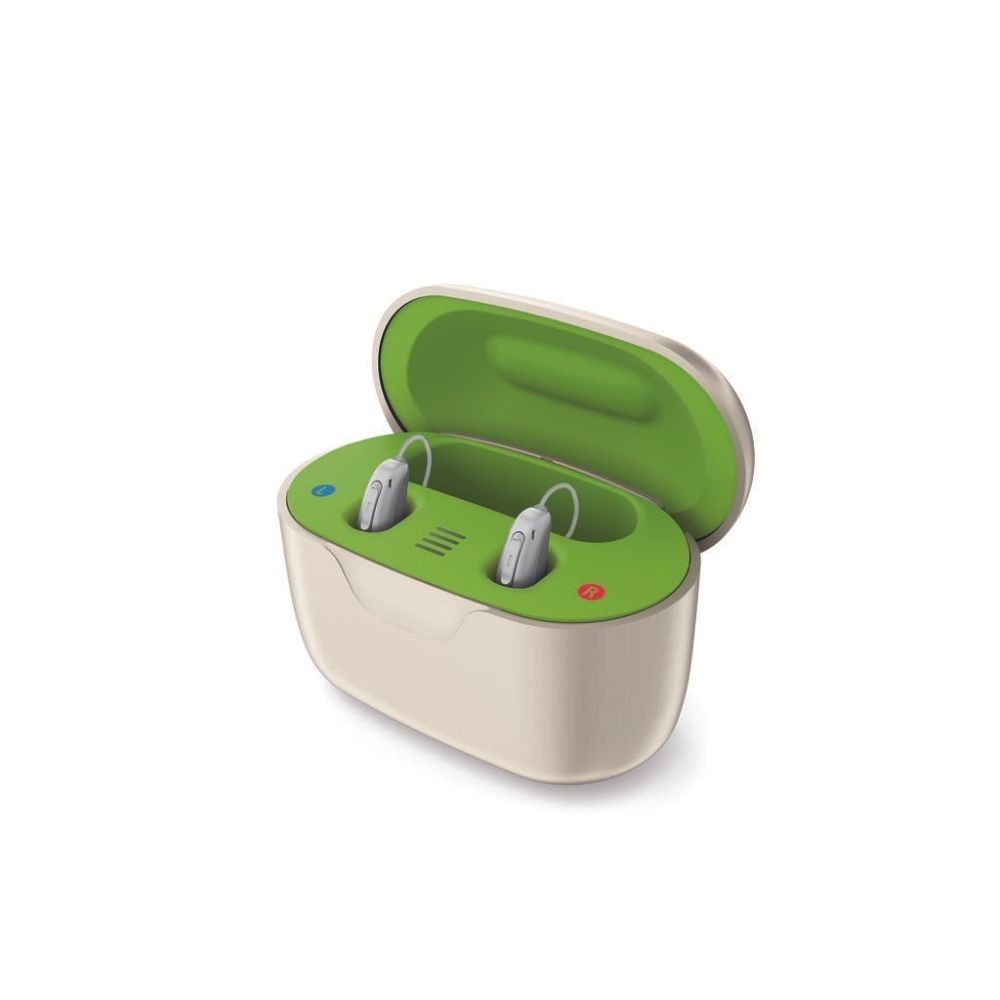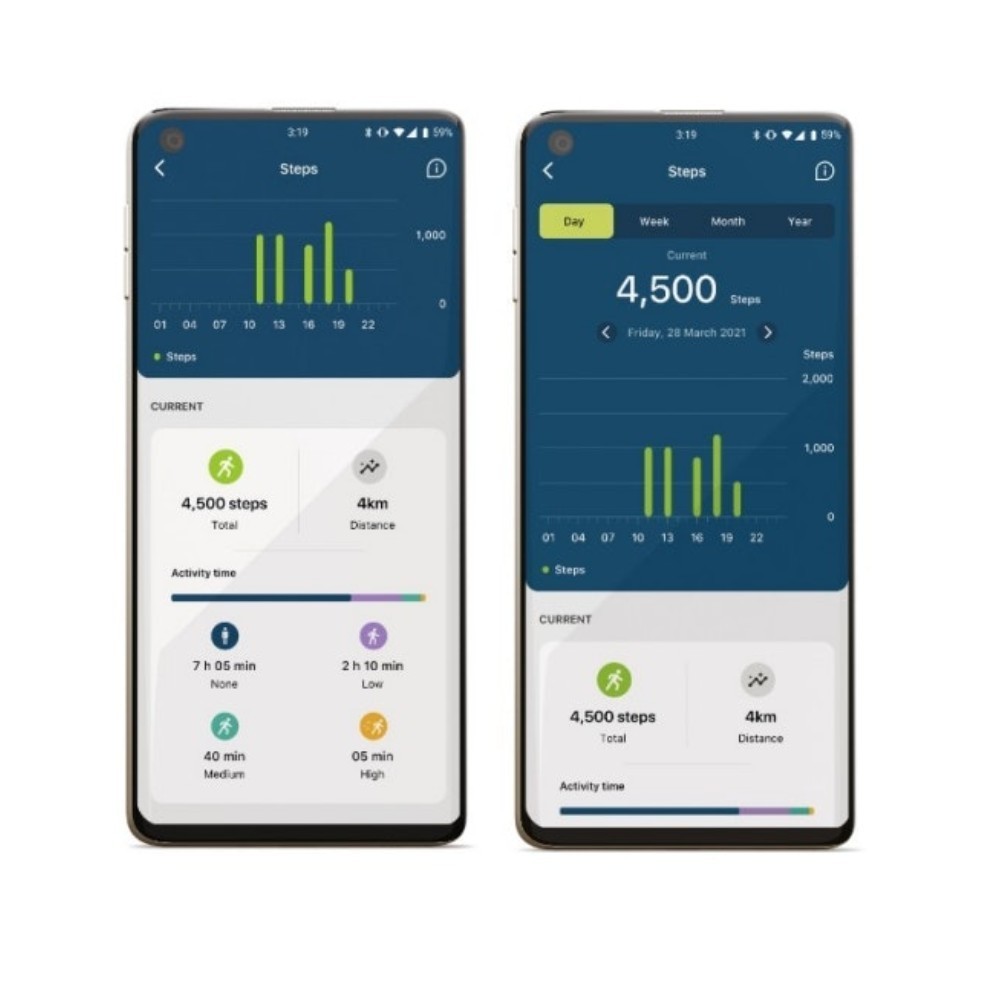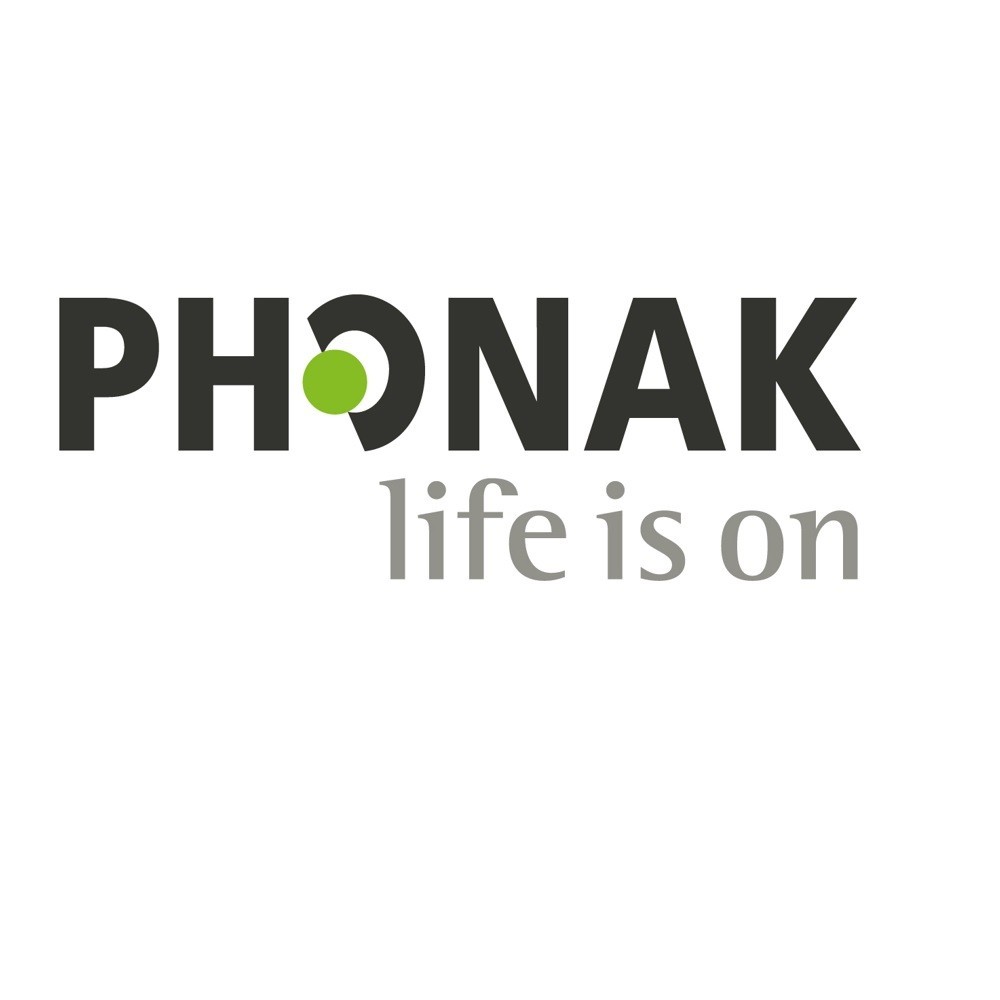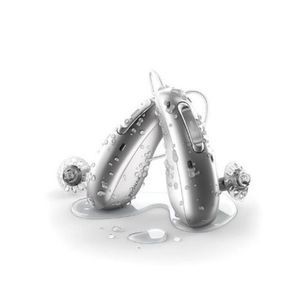WARNING Superseded Product Newer Phonak Models Available

What's included in our hearing aid prices?
Details & Features
Phonak Audeo Life P30 Hearing Aids Overview
2023 Update: This model has been superseded, as there is now a 2nd generation version available in the Lumity range.
An introduction to Phonak Audeo Life P30 hearing aids
Phonak launched their Phonak Audeo Life hearing aids on Friday 20th May 2022. A brand new addition and concept to the already popular Paradise hearing aid platform, which offered a more natural sound, faster processing chip, universal connectivity, and better Bluetooth hearing aid technology in general (when compared to Marvel).
However, the main difference here is that it's waterproof. In fact, it's the world's first waterproof rechargeable hearing aid in the industry. We think these hearing aids are going to be solid favourites for sporty individuals and those who travel a lot.
►Click here to read about the Phonak Audeo Paradise hearing aid platform
►Click here to read about the premium-level hearing aid in this range, the Phonak Audeo Life P90
Phonak Audeo Life P30 waterproof hearing aids
This Phonak waterproof hearing aid compromises a Parylene coating enabling the device to be waterproof, sweatproof, and showerproof. A sealed and tougher hearing solution that provides waterproof benefits up to 50cm of water.
So effectively, this hearing aid is ideal for those with an active lifestyle and hobbies. Giving you premium sound, power, and the ability to keep up with the pressure of high-intensity sports.
Other highlights of Phonak Audeo Life P30 hearing aids:
- Waterproof
- Rechargeable
- Natural sound
- Compatible with myPhonak app and Roger accessories
- Universal connectivity
- Multiple Bluetooth connections
- AutoSense OS 4.0
Phonak Audeo Life P30 hearing aids include a new charging system
The Phonak Audeo Life P30 hearing aids offer the essential level of technology in this hearing aid range. Phonak has redesigned the charging system for Life, calling it Phonak Charger Case Go.
Using magnets to securely hold the hearing aids in place while charging at home or on the go. This charging system also features an internal battery, giving you three full charges on one charge itself.
Phonak Audeo Life P30 hearing aids include Paradise technology. Here are some of the feature sets:
- AutoSense OS 4.0: Adapts and reduces noises like Speech in Noise - optimising the signal-to-noise ratio in noisy environments.
- UltraZoom: Improving speech intelligibility in challenging background noise.
- Tinnitus Balance: A noise generator providing broadband sound for use in tinnitus management and therapies.
What features do you lose when comparing Phonak Audeo Life P30 hearing aids to P90?
- Comfort in Echo: This recognises the reverberation frequencies and offers the right amount of gain reduction with less distortion - this basically means speech will become more comfortable.
- Speech in Car: This reduces broadband noise in your car to provide a more stable listening environment and better communication as well as reduced effort.
- Speech in Loud Noise: The StereoZoom feature focuses on the speech in front of you. The narrow beamformer gives an increase in speech intelligibility and listening comfort in a noisy environment.
- Dynamic Noise Cancellation: This is basically a suppression system that allows for better noise reduction in challenging environments, which you can control through the app or leave automatic. There is a further signal-to-noise ratio 4dB boost if you need it. Handy if you needed an extra boost in challenging environments, so your hearing aids would assist you more effectively.
- Speech Enhancer: This feature ensures your hearing aids react quicker to the complexities of loudness in all sounds as well as offering more comfort. Thus, assisting those who find it difficult to hear soft speech.
- EchoBlock: Improving listening experience in reverberant environments like places of worship and rooms with reflective surfaces.
- Music: This feature provides an expanded dynamic range, slow compression speed and extra gain for a clearer and richer music experience.
- Tap Control: There is also no Tap Control Feature, this is only available at the P90 technology level.
- Speech in 360º: This feature automatically sets the direction of speech and streams this straight to the other ear. Thus, improving speech intelligibility without the need to forward face the speaker.
Need more support with Phonak Audeo Life P30 hearing aids?
Call us free on 0800 567 7621 to speak with one of our audiologists about the Phonak Life hearing aid range and what it could do for you and your hearing.
►Click here to go back to the top of the page
Other performance levels in the Phonak Audeo Life hearing aid range:
►Click here to view Phonak Audeo Life P90 hearing aids
►Click here to view Phonak Audeo Life P70 hearing aids
►Click here to view Phonak Audeo Life P50 hearing aids
**Please note, there will be an additional surcharge of £125 if we are pairing a single hearing aid with an existing aid bought from another company where we are taking over the aftercare responsibilities and looking after both hearing aids**
Paul Harrison is an audiology expert at Hearing Aid UK, with over 20 years of audiology experience and a member of the British Society of Hearing Aid Audiologists Council (BSHAA) between 2015 - 2020.
Explore Phonak Audeo Life P30 hearing aid prices, video and brochure below
Watch the Phonak Audeo Life P30 Hearing Aid Video Below
Have any questions?
Here, at Hearing Aid UK, we offer a wide range of hearing aids available on the market - keeping up to date with the best and latest hearing aid technology.
We can support your hearing healthcare in clinic or in the comfort of your own home and with nationwide coverage, we will have an audiologist near you.
Whatever your hearing loss level, budget, or style our audiologists can help you find the perfect hearing solution for you.
Call us free for support and advice on 0800 567 7621
Phonak Audeo Life P30 Hearing Aids Information
Click on the buttons below to discover moreOur specialist service includes:
Do not spend hundreds of pounds without getting a second opinion from us.
Please call us on 0800 567 7621
 Not only are the prices great, but the service is fantastic! Many thanks to your team.
Not only are the prices great, but the service is fantastic! Many thanks to your team.Other pages you might find useful
What's included in our hearing aid prices?
If you are looking at this page then it is likely that an audiologist has suggested that you purchase this particular hearing aid, so is this the best model for you?
In general, any audiologist will always recommend to you the model that best suits your needs. Here is a useful checklist to make sure that is the case.
- Audiologist level of knowledge: The audiologist you have seen will hopefully have a wide knowledge of all available hearing aids, however, some will only be familiar with a small number of brands and therefore may not really be in a position to know which model is the best for you. It is OK to challenge their recommendation and ask them to justify why this particular brand is the one for you.
- Do research: Read about the hearing aid that was recommended. Does it seem like it will suit your lifestyle? Does it have more or fewer features than you need?
- Be aware of sales targets: Many high street retailers have specific tie-ins to a particular manufacturer/brand. The hearing aid they have suggested may still be the correct one for you, but do your research so that you know why they might have recommended it.
If in doubt, feel free to give us a call. That's what we're here for. In the meantime, read all about our review of the best hearing aids for 2025 here
If you have significant hearing loss in both ears, you should be wearing two hearing aids. Here are the audiological reasons why:
Localisation: The brain decodes information from both ears and compares and contrasts them. By analysing the minuscule time delays as well as the difference in the loudness of each sound reaching the ears, the person is able to accurately locate a sound source. Simply put, if you have better hearing on one side than the other, you can't accurately tell what direction sounds are coming from.
Less amplification is required: A phenomenon known as “binaural summation” means that the hearing aids can be set at a lower and more natural volume setting than if you wore only one hearing aid.
Head shadow effect: High frequencies, the part of your hearing that gives clarity and meaning to speech sounds, cannot bend around your head. Only low frequencies can. Therefore if someone is talking on your unaided side you are likely to hear that they are speaking, but be unable to tell what they have said.
Noise reduction: The brain has its own built-in noise reduction which is only really effective when it is receiving information from both ears. If only one ear is aided, even with the best hearing aid in the world, it will be difficult for you to hear in background noise as your brain is trying to retain all of the sounds (including background noise) rather than filtering it out.
Sound quality: We are designed to hear in stereo. Only hearing from one side sounds a lot less natural to us.
Fancy some further reading on this topic? You can read about why two hearing aids are better than one in our article, hearing aids for both ears, here
For most people, the main benefit of a rechargeable hearing aid is simple convenience. We are used to plugging in our phones and other devices overnight for them to charge up. Here are some other pros and cons:
For anybody with poor dexterity or issues with their fingers, having a rechargeable aid makes a huge difference as normal hearing aid batteries are quite small and some people find them fiddly to change.
One downside is that if you forget to charge your hearing aid, then it is a problem that can't be instantly fixed. For most a 30-minute charge will get you at least two or three hours of hearing, but if you are the type of person who is likely to forget to plug them in regularly then you're probably better off with standard batteries.
Rechargeable aids are also a little bit bigger and are only available in Behind the Ear models.
Finally, just like with a mobile phone, the amount of charge you get on day one is not going to be the same as you get a few years down the line. Be sure to ask what the policy is with the manufacturer warranty when it comes to replacing the battery.
Looking for more information on rechargeable hearing aids? Read our dedicated page on the topic here
For most people, the answer is yes. But it's never that simple.
The majority of hearing problems affect the high frequencies a lot more than the low ones. Therefore open fitting hearing aids sound a lot more natural and ones that block your ears up can make your own voice sound like you are talking with your head in a bucket. Therefore in-ear aids tend to be less natural.
However the true answer is we can't tell until we have had a look in your ears to assess the size of your ear canal, and until we have tested your hearing to see which frequencies are being affected.
People with wider ear canals tend to have more flexibility, also there are open fitting modular CIC hearing aids now that do not block your ears.
There is also the age old rule to consider, that a hearing aid will not help you if it's sat in the drawer gathering dust. If the only hearing aid you would be happy wearing is one that people can't see, then that's what you should get.
Most people can adapt to any type of hearing aid, as long as they know what to expect. Have an honest conversation with your audiologist as to what your needs are.
Generally speaking, six or more. Unless it's none at all.
The number of channels a hearing aid has is often a simplistic way an audiologist will use to explain why one hearing aid is better than another, but channels are complex and it is really not that straightforward. Here are some reasons why:
Hearing aids amplify sounds of different frequencies by different amounts. Most people have lost more high frequencies than low and therefore need more amplification in the high frequencies. The range of sounds you hear are split into frequency bands or channels and the hearing aids are set to provide the right amount of hearing at each frequency level.
Less than six channels and this cannot be done with much accuracy, so six is the magic number. However, a six channel aid is typically very basic with few other features and is suitable only for hearing a single speaker in a quiet room. The number of channels is not what you should be looking at, it's more the rest of the technology that comes with them.
As a final note, different manufacturers have different approaches. One method is not necessarily better than any other. For example, some manufacturers have as many as 64 channels in their top aids. Most tend to have between 17 and 20. One manufacturer has no channels at all.
Hearing aids are easily lost, misplaced or damaged and typically are one of the most expensive personal possessions an individual can own. We offer hearing aid warranty coverage for £80 per year per aid. Find out more about this service we provide here
Other Models
Ask the Experts
6 Morton Lane
Walkwood
Redditch
Worcestershire
B97 5QA
Latest Launch
When we refer to a product as 'Latest Launch', we mean it is the latest to be released on the market.
New
When we refer to a product as 'New', we mean that the product is the newest hearing aid model on the market.
When we refer to a product as 'Superseded', we mean that there is a newer range available which replaces and improves on this product.
Older Model
When we refer to a product as an 'Older Model', we mean that it is has been superseded by at least two more recent hearing aid ranges.


